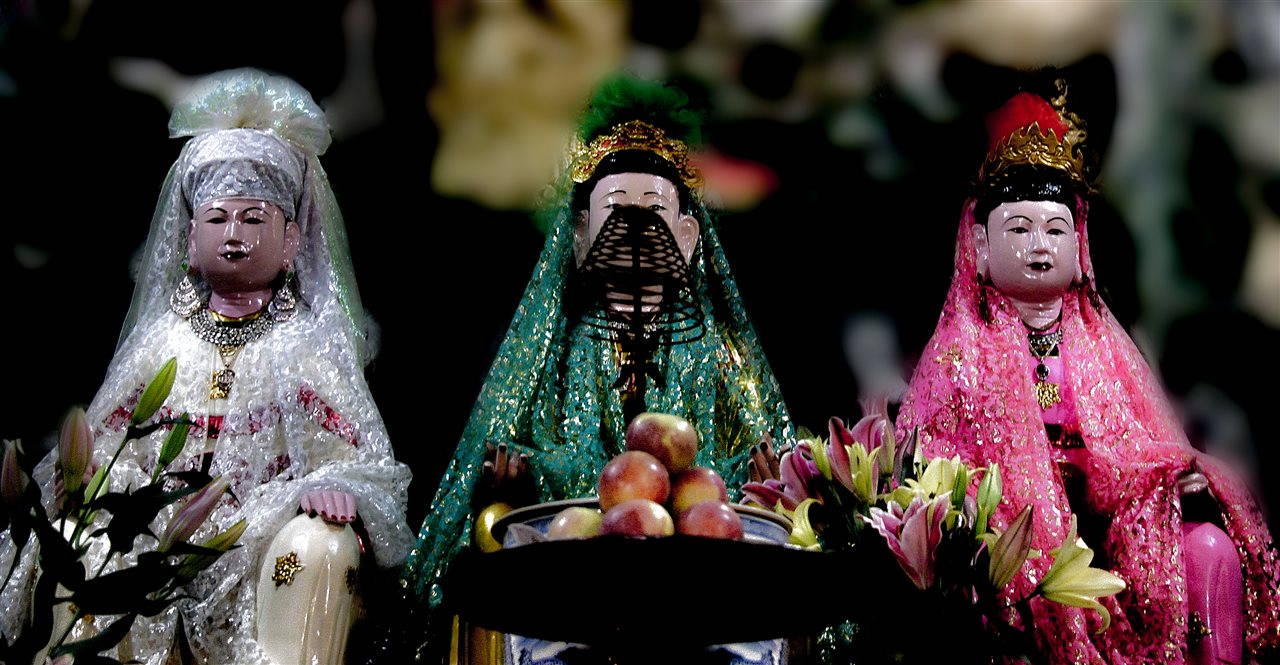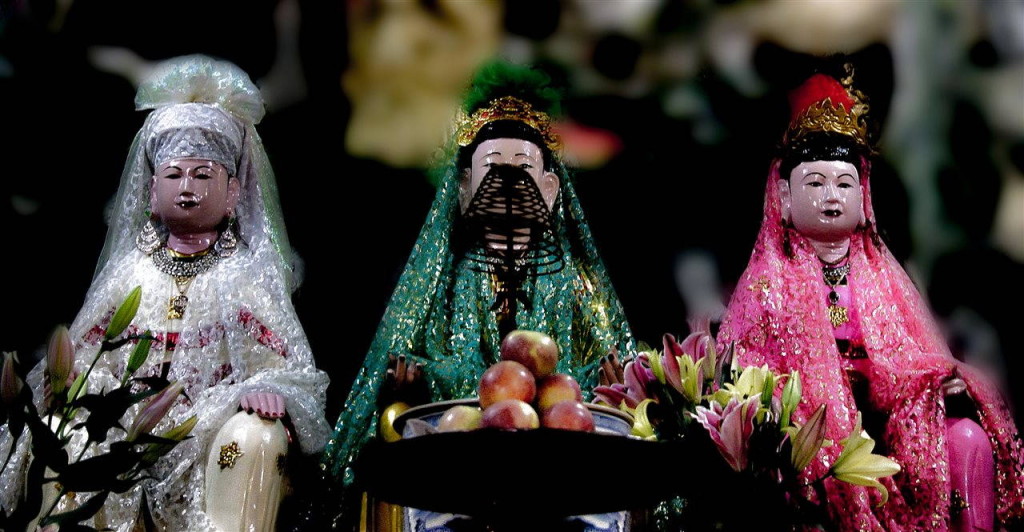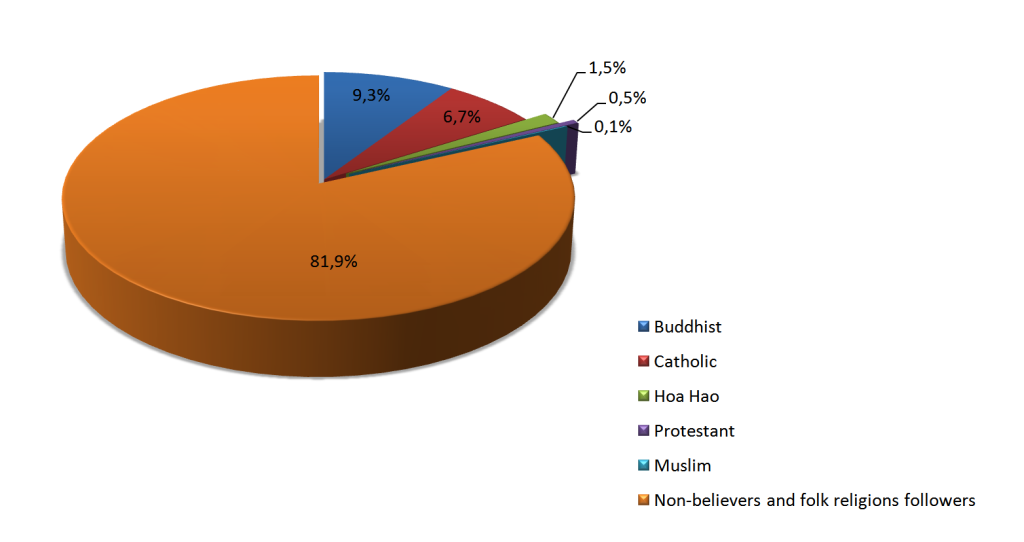
Vietnamese folk religions are ethnic religions of Vietnamese people, dominant in Vietnam where they are practised by 45.3% of the population. Vietnamese folk religions are not organized religious systems, but sets of local worship traditions devoted to thần, a term which can be translated as “spirits”, “gods” or with the more exhaustive locution “generative powers”.
- Caodaism or “Way of Highest Power” is a folk religion was established in Tay Ninh, Vietnam in 1926. The full name of the religion is Đại Đạo Tam Kỳ Phổ Độ (“Great Way [of the] Third Time [of] Redemption”). Cao Đài (Vietnamese: [kāːwɗâːj], literally the “Highest Lord” or “Highest Power) is the highest deity, the same as the Jade Emperor, who created the universe. Caodaism also worships the Mother Goddess, also known as the Queen Mother of the West (Diêu Trì Kim Mẫu, Tây Vương Mẫu). The symbol of the faith is the Left Eye of God, representing the dương (yang, masculine, ordaining, positive and expansive) activity of the male creator, which is balanced by the âm (yin, femininity) activity of the feminine, nurturing and restorative mother of humanity.
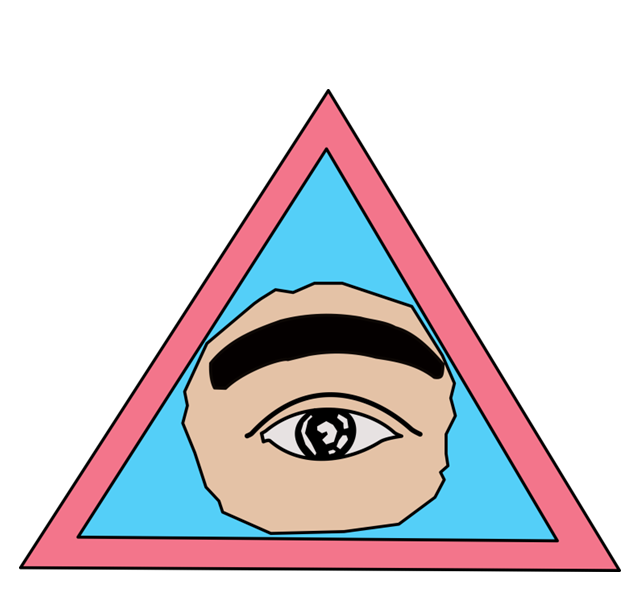
- Đạo Bửu Sơn Kỳ Hương (“Way of the Strange Fragrance from the Precious Mountain”) is a religion worshipped by the mystic Đoàn Minh Huyên (1807–1856) and continued by Huỳnh Phú Sổ, founder of the Hòa Hảo sect. The religion is close to Buddhism: the name itself refers to the Thất Sơn range on the Vietnamese-Cambodian border, where Huyên, claimed to be a living Buddha. A cholera epidemic in 1849 killed over a million people Huyên was reputed to have supernatural abilities to cure the sick and the insane. His followers wore amulets bearing the Chinese characters for Bửu Sơn Kỳ Hương, a phrase that became identified, retrospectively, with the religion practised by Huyên, and the millenarian movement associated with the latter. The faith has roughly 15.000 adherents mostly concentrated in the provinces of An Giang, Đồng Tháp, Bà Rịa-Vũng Tàu, Long An, Sóc Trăng, Vĩnh Long, Tiền Giang and Bến Tre.
- Đạo Mẫu (“Way of the Mother”) refers to the worship of the Mẫu, the Mother Goddess and the various mother goddesses, constituting a central feature of Vietnamese folk religion. Vietnamese people always worshipped the Mother even in prehistory time. Along history, various human heroines emerged as protectors or healers, were deified as other manifestations of the Mother Goddess.
- The Minh Đạo or Đạo Minh is a group of five religions that have Tiên Thiên Đạo roots in common with, yet pre-date and have influenced, Caodaism. Minh Đạo means the “Way of Light”. They are part of the broad milieu of Chinese-Vietnamese religious sectarianism. After the 17th century, when the Ming Dynasty saw its power decline, a large number of Minh sects started to emerge in Cochinchina, especially around Saigon. The Chinese authorities took little interest in these sects, since, at least until the early 20th century; they limited their activities to their temples. They were autonomous structures, focusing on worship, philanthropy and literature. Yet they had embryonic Vietnamese nationalistic elements, which evolved along with the development of their political activity in the early 20th century.
Buddhism
Buddhism was introduced into Vietnam as early as the 3rd or 2nd century BC from South Asia (to north Vietnam) or from China in the 1st or 2nd century AD (to south Vietnam). The predominant form of Buddhism in Vietnam is a combination of Pure Land (Nirvana) and Zen. Zen practice, with its emphasis on meditation, is mostly pursued among the monks and nuns, while Pure Land philosophy and practice is preferred by the lay-people.
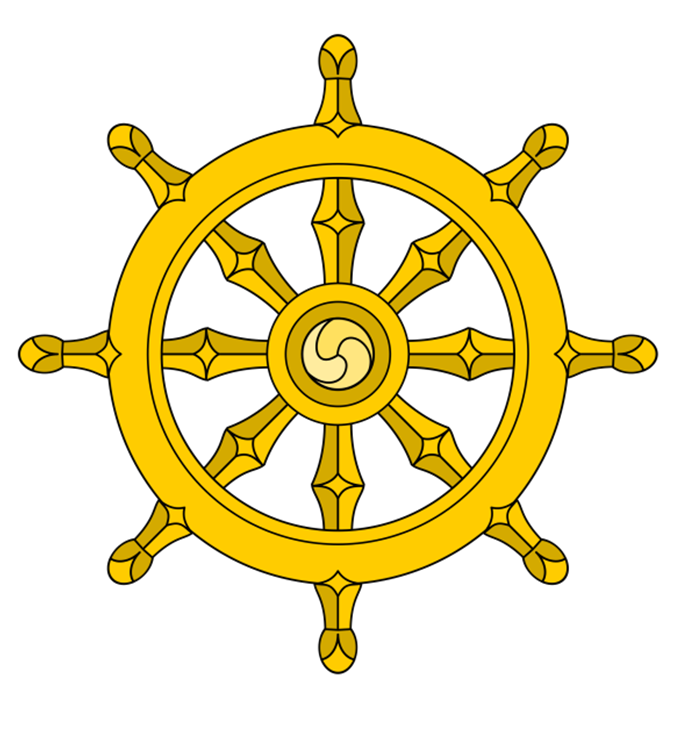
Pure Land Belief (Nirvana)
The methods of Pure Land Buddhism are perhaps the most widespread within Vietnam. It is common for practitioners to recite sutras, chants and dhāraṇīs looking to gain protection through Bodhisattva or dharmapalas. It is a devotional practise where those practising put their faith into Amitābha (Vietnamese: A-di-đà). Followers believe they will gain rebirth in his pure land by chanting Amitabha’s name. A pure land is where one can more easily gain enlightenment since suffering does not exist.
Zen schools
- The Vinitaruci School: The traditional account is that in 580, an Indian monk named Vinitaruci (Vietnamese: Tì-ni-đa-lưu-chi) travelled to Vietnam after completing his studies with Sengcan, the third patriarch of Zen Buddhism. This might be the first appearance of Zen as the oldest branch in Vietnam. The Vinitaruci School became one of the most influential Buddhist groups in Vietnam by the 10th century, particularly under the patriarch Vạn-Hạnh (died 1018).
- Trúc Lâm “Bamboo Grove” school was founded by King Tran Nhan Tong (1258–1308). The school is deeply influenced by Confucian and Taoist philosophy. Nevertheless, Trúc Lâm’s prestige waned over the following centuries as Confucianism became dominant in the royal court.
- Modern Buddhist practices are not reflective of a Thiền past; in Vietnam, common practices are more focused on ritual and devotion than the Thiền focus on meditation. Nonetheless, we are seeing an increased population in Zen today. Two figures who have been responsible for this increased interest in Thiền is Thích Nhất Hạnh, currently residing in France, and Thích Thanh Từ, who lives in Da Lat.
Confucianism and Taoism
Confucianism (儒家 – Ru scholars’ school) is more of is a morality system, social philosophy, philosophy of education and political philosophy which has a significant influence on Vietnamese ideology in particular and Asian in general. Confucianism was developed from the teachings of the Chinese philosopher Confucius (551–479 BCE).
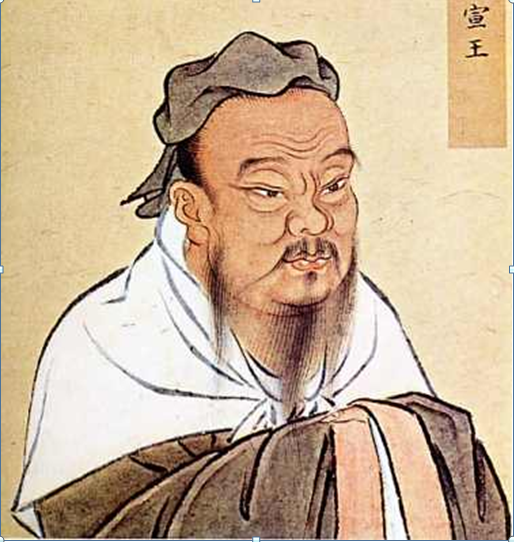
There is evidence of Confucianism entering Vietnam from China in the 1st century after Han dynasty defeated Trieu dynasty and took control over Vietnam. This system was introduced to Vietnam in parallel with the Sinicizationin language which was the first foundation for the absorption to the knowledge of nature, society, literature, history, philosophy, astronomy and medicine of ancient Chinese civilizations.
Later, Confucianism was reinforced in government by the Confucian examination system in Vietnam, as well as the way family raised and taught children toward filial piety, through absolute obedience. Confucianism is the core of Vietnamese philosophy blending with Buddhism and Taoism in tam tài (“three bodies” Heaven, Earth, Man) philosophy, yin-yang metaphysics, and agricultural philosophy.Confucianism or Religion of Life is vividly seen throughout Vietnam in the worship paid to ancestors, as well as in the Festivals of Spring, Autumn, Youth and to the New Year. The formal names of these are Festival of the Arrival of Spring, the Mid-Autumn Festival, the Children’s Festival, and the Festival of TET.
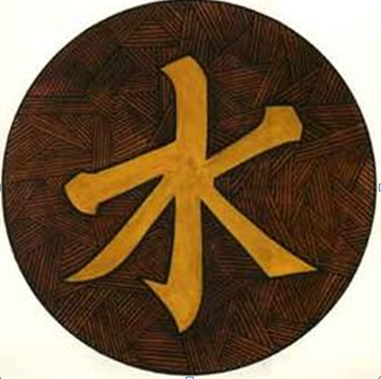
TET is the Festival of Renewal and Rebirth, or Meditation and Hope. With fireworks (in peacetime), ringing bells, and beating tom-toms, toys and much food, TET is a high occasion in Vietnam. Many folks visit the pagodas to worship, burn joss-sticks and sandalwood incense, with flowers, food and liquors being placed also on the family altars. It is the occasion when long life is wished to others, when happiness and hope for the abundance of offspring, such as five girls and seven boys each more handsome than the other, is extended to all.
Confucianism has exercised a powerful influence in the formation of Vietnamese society, and continues to have great force at the present time. Click here for more information on Confucianism in Vietnam.
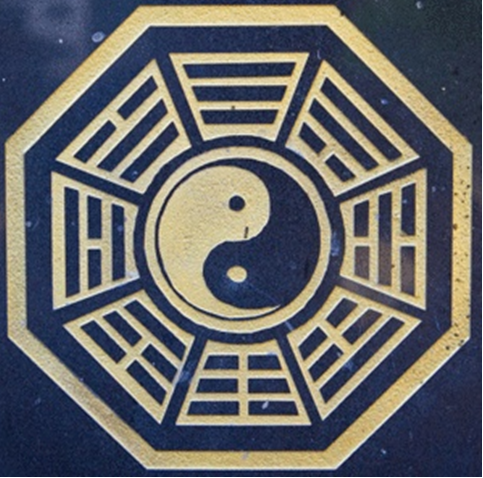
Taoism is “away”, “a road”, “a law of life” which requires that man adjust to nature in order to have happiness. The ritual of Taoism in Vietnam today seems largely to consist of religion-magical features, divining, fortune-telling, worship of the spirits of nature including the earth, and use of the horoscope, etc., to ascertain the will of nature insofar as the individual is concerned. See more here.
